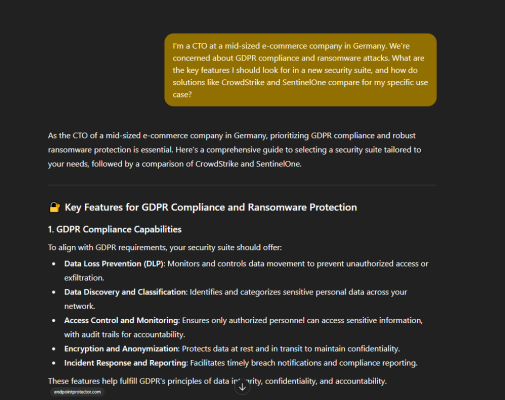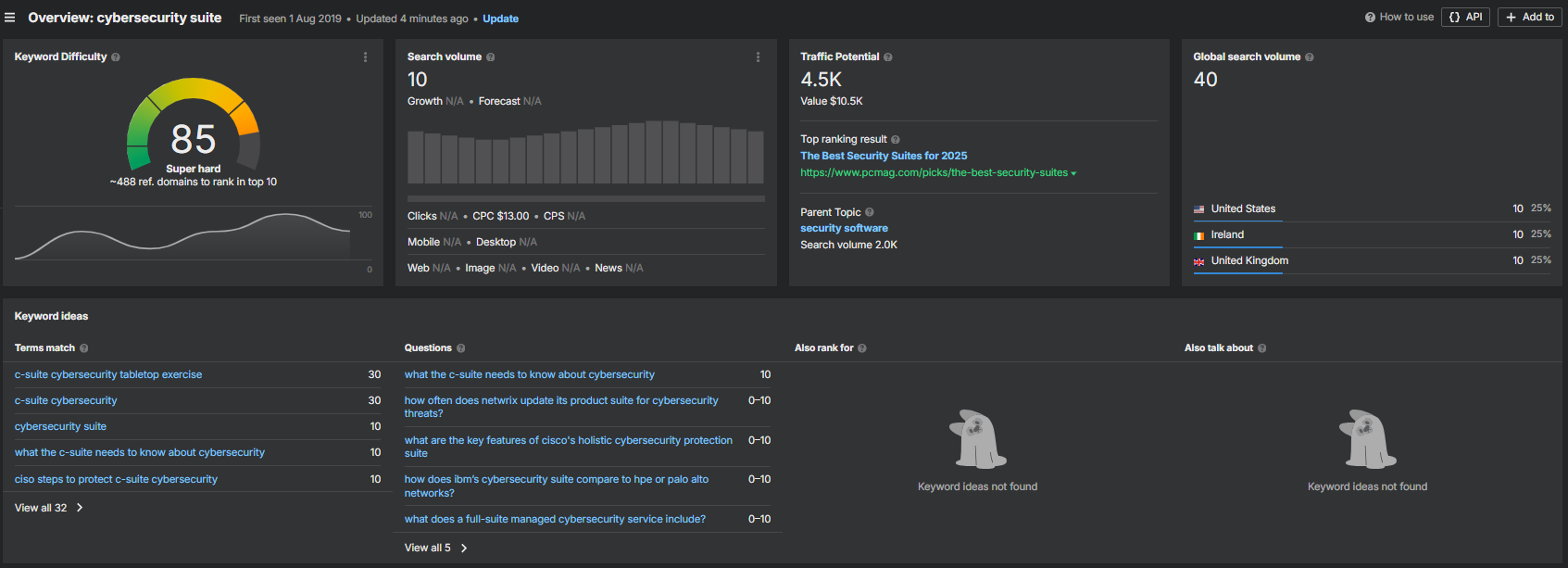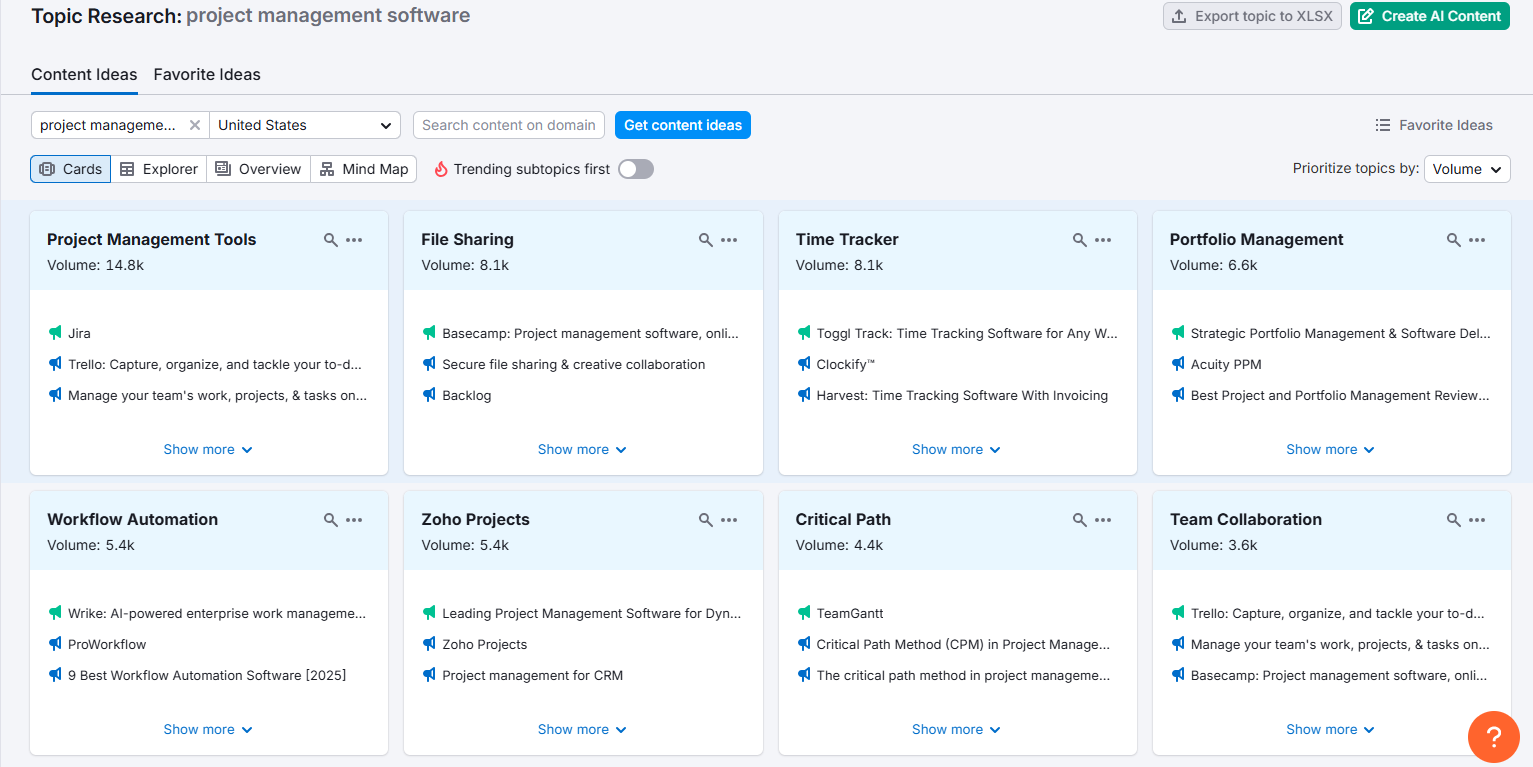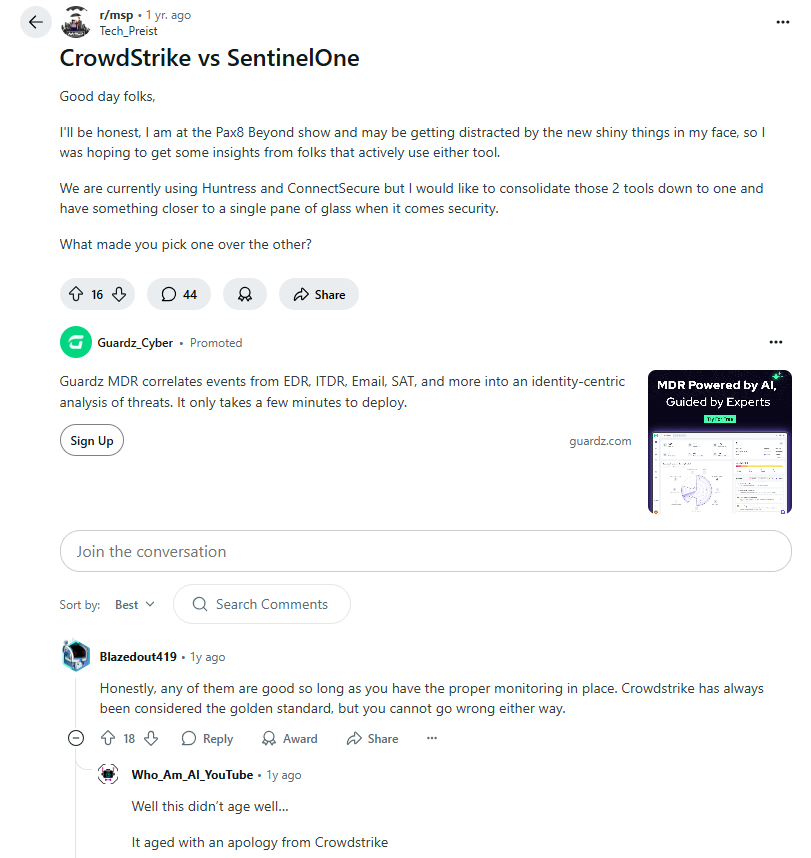How We Adapted Keyword Research for AI-Driven Search

When we first opened Perplexity and saw AI citing a Reddit comment instead of Google's top result for a complex B2B query, the paradigm shifted. Traditional SEO built around short keywords and ten blue links no longer applies. GEO (Generative Engine Optimization) became our necessity.
GEO — Our Approach to Keywords in the AI Era
We rebuilt the entire process from scratch. Our goal: getting AI agents to cite our content as the primary source.
Here's how GEO differs from traditional keyword research:
GEO works best in complex product niches with long decision cycles: B2B SaaS, real estate, high-tech equipment, IT consulting. These are areas where users seek expertise, not just products. Simple transactional queries see less impact.
Our GEO Keyword Research Process
We built our approach on four foundations, moving from general to specific insights.
1. Direct AI Interaction
We start with manual conversations in ChatGPT, Gemini, and Perplexity. Our goal isn't search volume — it's AI logic. We create scenarios, not queries.

For a cybersecurity company, we prompt: "I'm a CTO at a mid-sized e-commerce company in Germany. We're concerned about GDPR compliance and ransomware attacks. What key features should I look for in a new security suite, and how do CrowdStrike and SentinelOne compare for my specific use case?"
We document AI's follow-up questions and study Perplexity's source citations. This reveals patterns keyword tools miss.
2. Identifying Question Patterns
Ahrefs Keywords Explorer scales our analysis through the "Questions" report. We identify recurring patterns: "compare," "alternative," "for small business," "integration with..." These become content modules AI can reference.
The "cybersecurity suite" example demonstrates our approach. Search Volume: 10. Keyword Difficulty: 85. Traditional SEO would skip this — no traffic, extreme competition. But Traffic Potential: 4.5K means ranking captures thousands of related long-tail queries.

The Questions section reveals: "what the c-suite needs to know about cybersecurity," "cisco's holistic cybersecurity protection suite features," "how ibm's cybersecurity suite compares to hpe."
These aren't keywords — they're business problems in decision-maker language. They seek information for specific audiences (C-suite), compare vendors, and analyze functionality. AI looks for exactly these comprehensive answers to form its responses. Our GEO task isn't fighting for low-volume, ultra-competitive head terms, but creating content that comprehensively addresses this entire cluster of related questions and captures all its business potential.
To further strengthen this, we analyze competitors’ citation queries in Ahrefs, studying which pages earn backlinks and why. This reveals underleveraged angles and content formats we can outperform — not just matching what exists, but improving it with deeper insight, clearer targeting, and stronger alignment with user and business intent.
3. Building Topic Architecture
Semrush Topic Research maps how search engines interpret an entire topic. But in specialized B2B cases — like “enterprise cybersecurity” — it often returns little to no data. There’s simply not enough broad content available for the tool to generate reliable clusters. This is a known limitation — and one that sets our methodology apart.
We apply a strategy we call abstraction elevation: moving one level up to a broader, related concept where Semrush can surface usable patterns. To show how this works, we use a more demonstrative example — “project management software.” It's not related to cybersecurity, but it clearly illustrates the process.
This broader term unlocks concrete functional clusters: “Project Management Tools,” “File Sharing,” “Time Tracker,” “Portfolio Management,” “Workflow Automation,” and “Team Collaboration.”

Semrush also highlights feature-level concepts like “Critical Path,” which opens up new angles for content — such as comparisons and deep-dive feature guides.
Each cluster becomes a modular section in a future expert asset — like “The Ultimate Guide to Project Management Software.” This approach allows us to structure content that reflects the complete topic landscape, aligned with how both users and search engines define it.
We use the same strategy in low-data environments. When a narrow B2B term underperforms, we don’t discard the opportunity — we elevate the scope, identify broader adjacent topics, and build down from there. It’s how we turn search limitations into structured content frameworks that perform.
4. Communities: Real Customer Language
We search Reddit and Quora using operators: site:reddit.com "help me decide" + "cybersecurity suite."
Comment threads contain genuine pain points, objections, and selection criteria absent from SEO reports. This creates content speaking both audience and AI language.

What Failed: Our Two-Week Mistake
Initially, we tried the simple path: taking existing keyword groups and expanding them with question phrases, adapting for prompts. We thought we could surface-level optimize existing content for AI consumption.
But we quickly realized AI ignores these superficially optimized pages. It wasn't looking for text with phrase inclusions, but content demonstrating real expertise and deeply solving problems. AI systems evaluate authority and comprehensiveness, not keyword density.
This mistake cost us two weeks of work and six useless articles. We then completely switched to the scenario-based approach that became GEO's foundation.
What’s next
GEO keyword research is just the foundation. The real transformation happens when we convert these insights into comprehensive content hubs that own entire topics.
Traditional SEO creates individual pages targeting specific keywords. GEO builds content ecosystems that answer every related question AI might encounter. When ChatGPT or Perplexity searches for cybersecurity guidance, we want our hub to be the obvious authoritative source.
Here's how we structure these hubs based on our GEO research:
- Topic Architecture: Each hub addresses the complete decision journey — from initial problem awareness to vendor comparison to implementation guidance. We don't create content for keywords; we create resources for business scenarios.
- Authority Signals: Every section demonstrates deep expertise through specific examples, case studies, and technical insights. AI systems recognize and reward genuine knowledge over optimized content.
- Interconnected Logic: Questions flow naturally into related topics. A section on "cybersecurity for e-commerce" connects to "GDPR compliance" and "payment processing security." This mirrors how decision-makers actually think and research.
The result? Content that serves both human decision-makers and AI systems looking for comprehensive, authoritative answers. Our cybersecurity hub didn't just rank for target keywords — it became the source AI systems cited when users asked about enterprise security solutions.
At Performiq, we develop GEO strategies that position your expertise where AI systems look for solutions. Ready to appear in ChatGPT, Perplexity, and Gemini responses? Let's talk.




